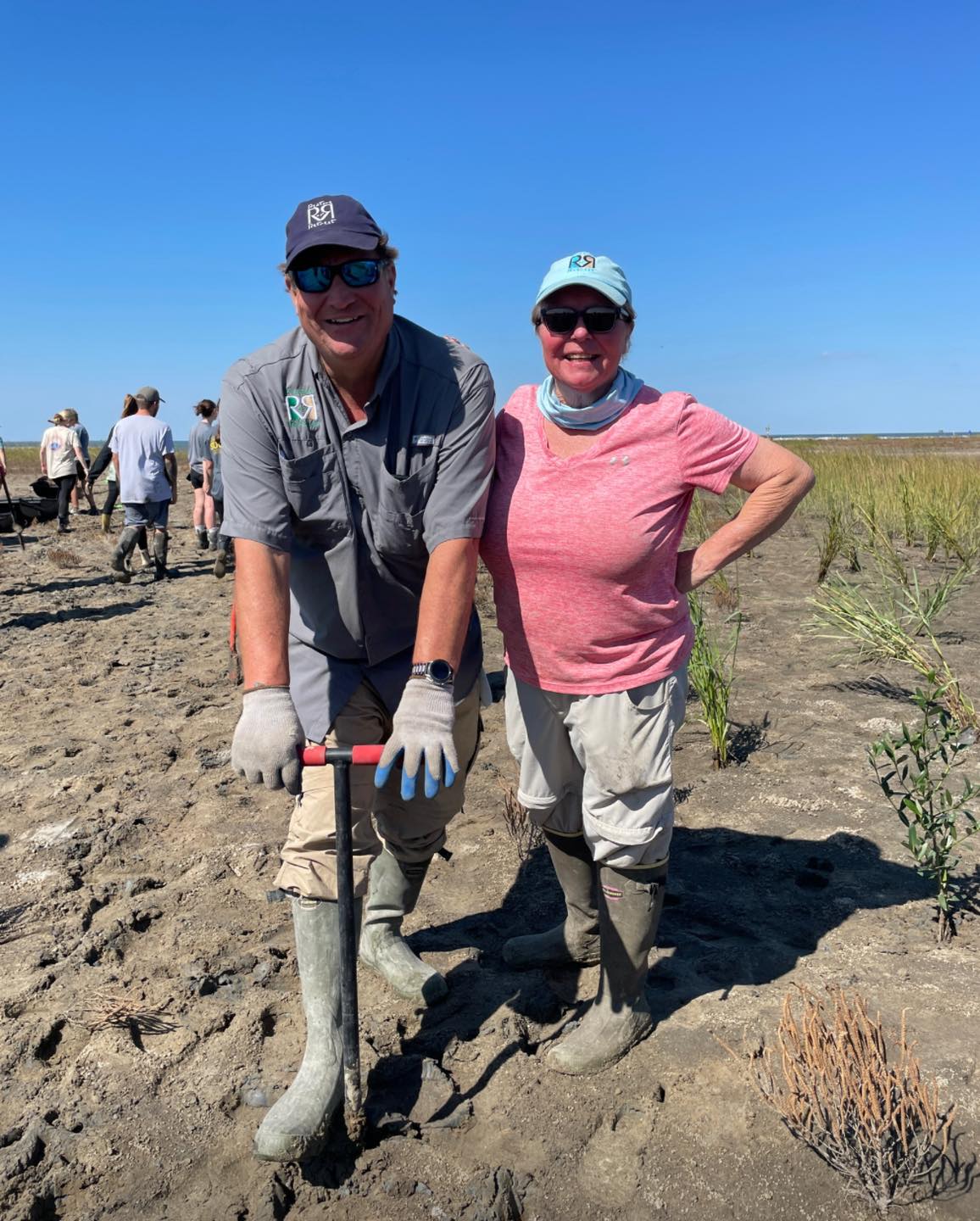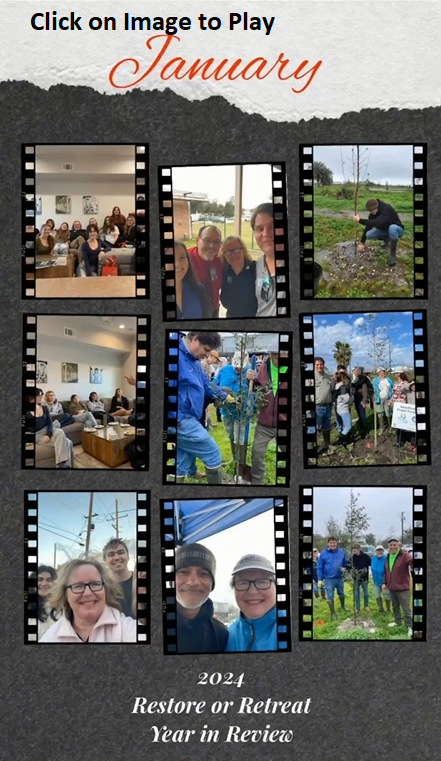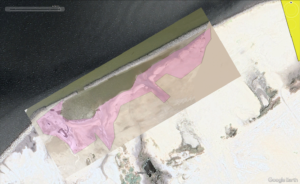RoR Travels to Washington DC for the Annual SHORES Fly-In
What is SHORES?
SHORES stands for SHaring Offshore Revenue of all Energy Sources. The purpose of the fly-in is for representatives from Louisiana to travel of to the US Capitol, to meet with US congressional members, primarily from other coastal states and potentially supportive non-coastal states. These meetings are to both educate and work to determine how we can help each other pass a bill that would increase our states’ share of federal revenue from any energy source derived from offshore energy sources. Currently, this is oil and gas activity now in the Gulf of Mexico, but hopefully someday soon, it will be ALL offshore energy sources including, offshore wind, solar, tidal, current, and any other.
How Did We Do?
This year’s SHORES event had 82 Louisiana attendees fly into Washington DC for a 1-day, full-court press on the US Capital dedicated to convincing members and staff of the importance these requested changes will make. We were separated into 17 groups of either 4 or 5; and these groups were able to make 105 distinct, individual meetings on Capitol hill with individuals from a total of 32 different states and US territories.
Notable Details on Offshore Energy Revenue
Currently, all of our coastal restoration activities are funded from the CPRF (Coastal Protection and Restoration Fund) managed by CPRA, which is currently being filled primarily with fines from the BP oil spill and ‘supplemented’ with additional GOMESA dollars to the state (& a portion to our coastal parish governments). CPRA has been spending just around $1 billion dollars per year on the projects in the CPRA Annual Plan, but this year is the all time peak year at $1.7 billion with lower expenditures (… $1.5b, $1.3b, respectively…) in the coming years.
The temporal ‘cliff’ that concerns many of us occurs in 2031, when the LAST installment of BP fines is added and the ‘supplemental’ source will become the primary source for the 2032 Annual Plan cycle. It is for this reason that we currently work diligently to change the present situation with GOMESA.
At this moment, the primary component of the revenue formula that limits how much money Louisiana gets for coastal restoration is the ‘cap’. That cap is currently set at $650 million dollars per year and will not expire on its own until 2055. Of the royalty payments sent to the US Treasury, 37.5% is put into the GOMESA ‘pot’, but no more if the cap is reached and this money is spilt amongst the four participating states (TX, LA, MS AL). For comparison, non-coastal states who produce oil on federal lands are generally set to get 50% of the revenue. The general consensus is that albeit the change in percentage would be a ‘nice to have’, it is the removal of the cap that can provide the most benefit to our state.
One point of our strategy is to get the all East Coast member states fully on board as they are actively investing in port infrastructure to support the offshore wind industry with projects currently under construction. Also, depending on exactly how the final legislation is written, it MAY be effective ‘retroactively’ which would allow many of the East Coast states to get revenue from previous offshore wind leases, some of which pulled in $4 billion dollars to the US Treasury.
What Are The Next Steps?
Although there is no immediate action or direct vote related to this trip, it is meant to build momentum within congress to better support the desired changes whenever it DOES come to a vote. That vote would ultimately be to change current law to first include revenue for EVERY energy source produced in our offshore federal waters (not just oil & gas, as it currently does); secondly, it would REMOVE the $650 million dollar cap that is currently in place and not set to expire until 2055; and lastly, it would be nice to change the current amount of federal revenue sent to GOMESA states from 37.5% to 50%, as is the rate for non-coastal states.
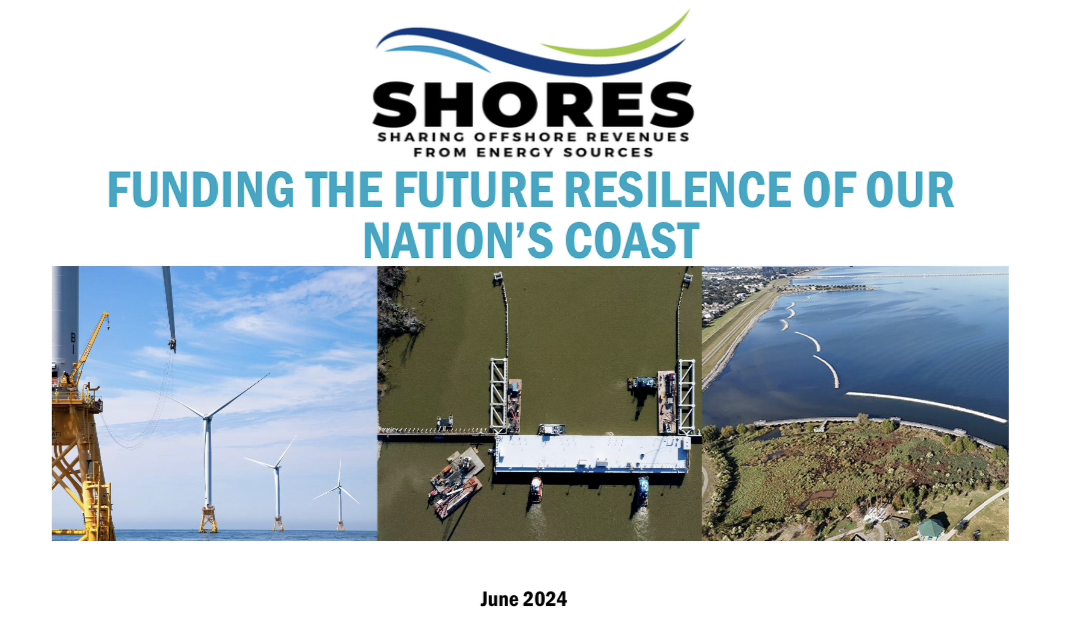

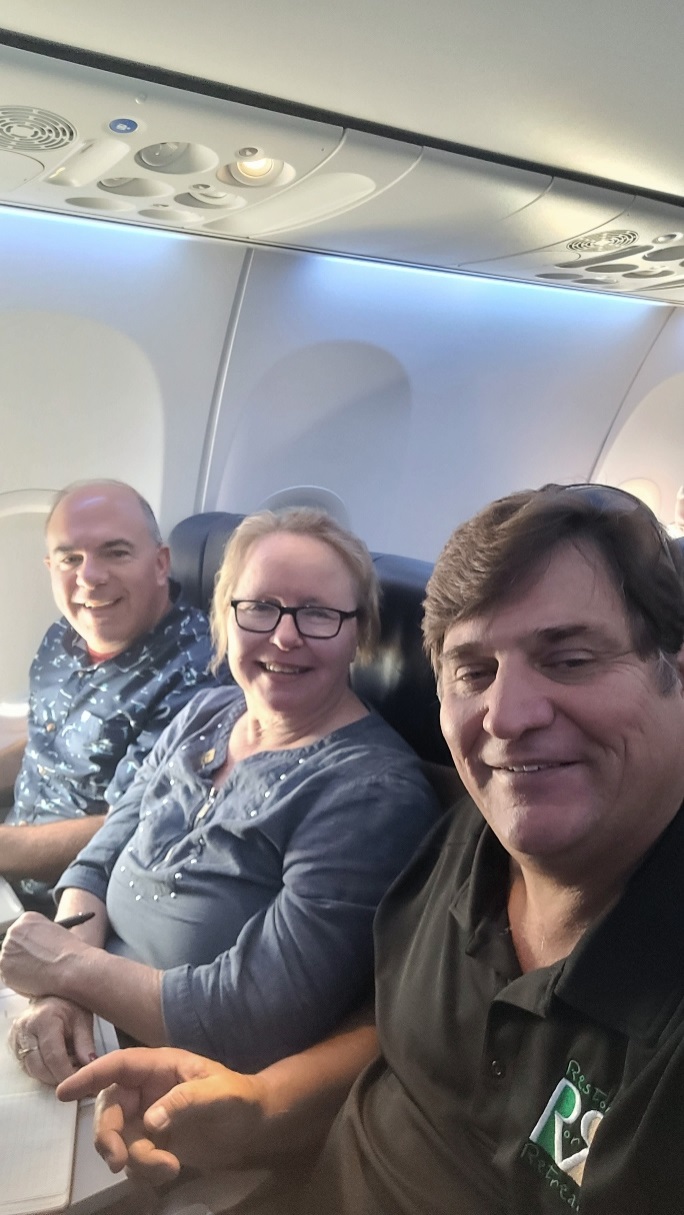
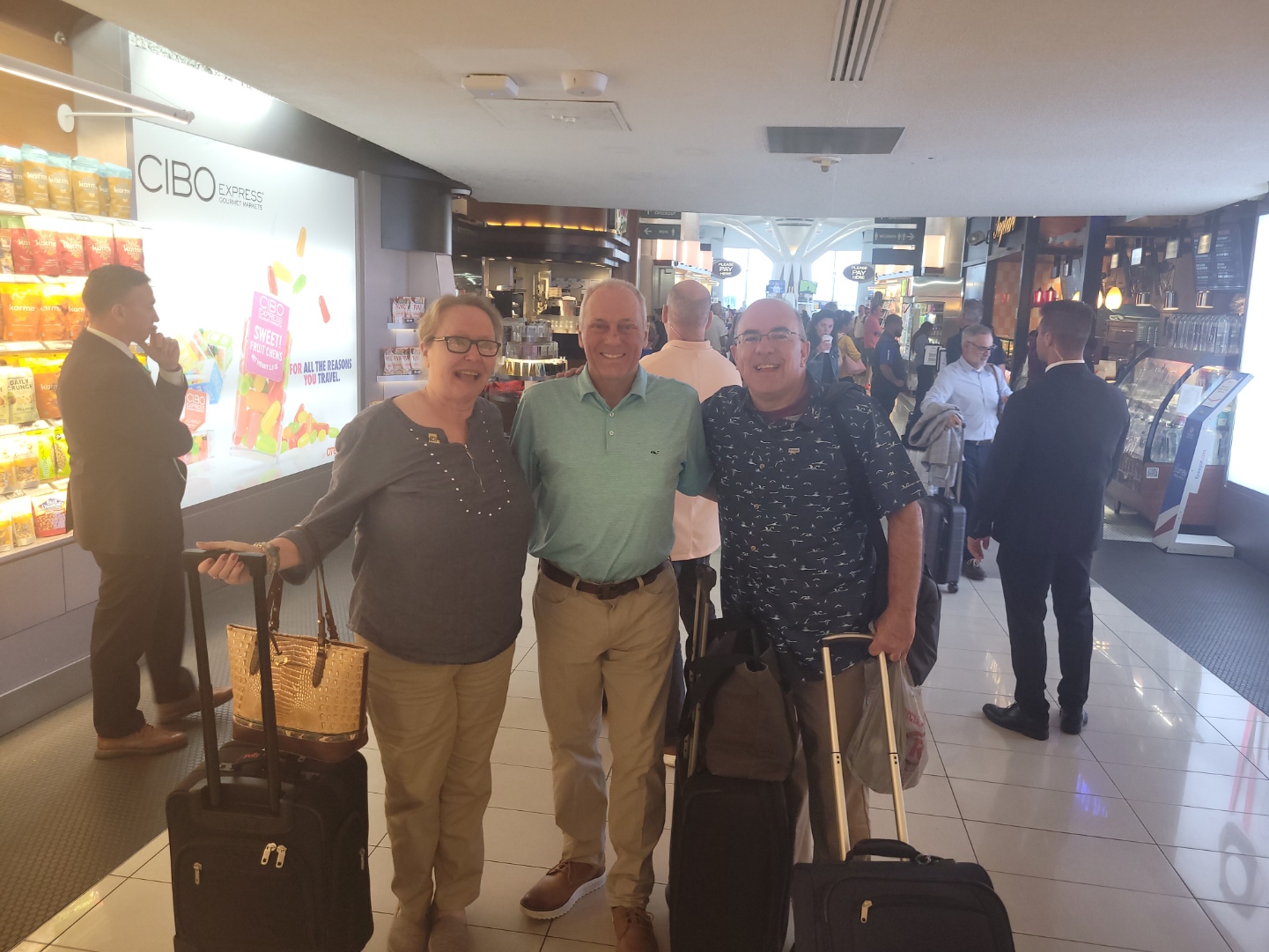

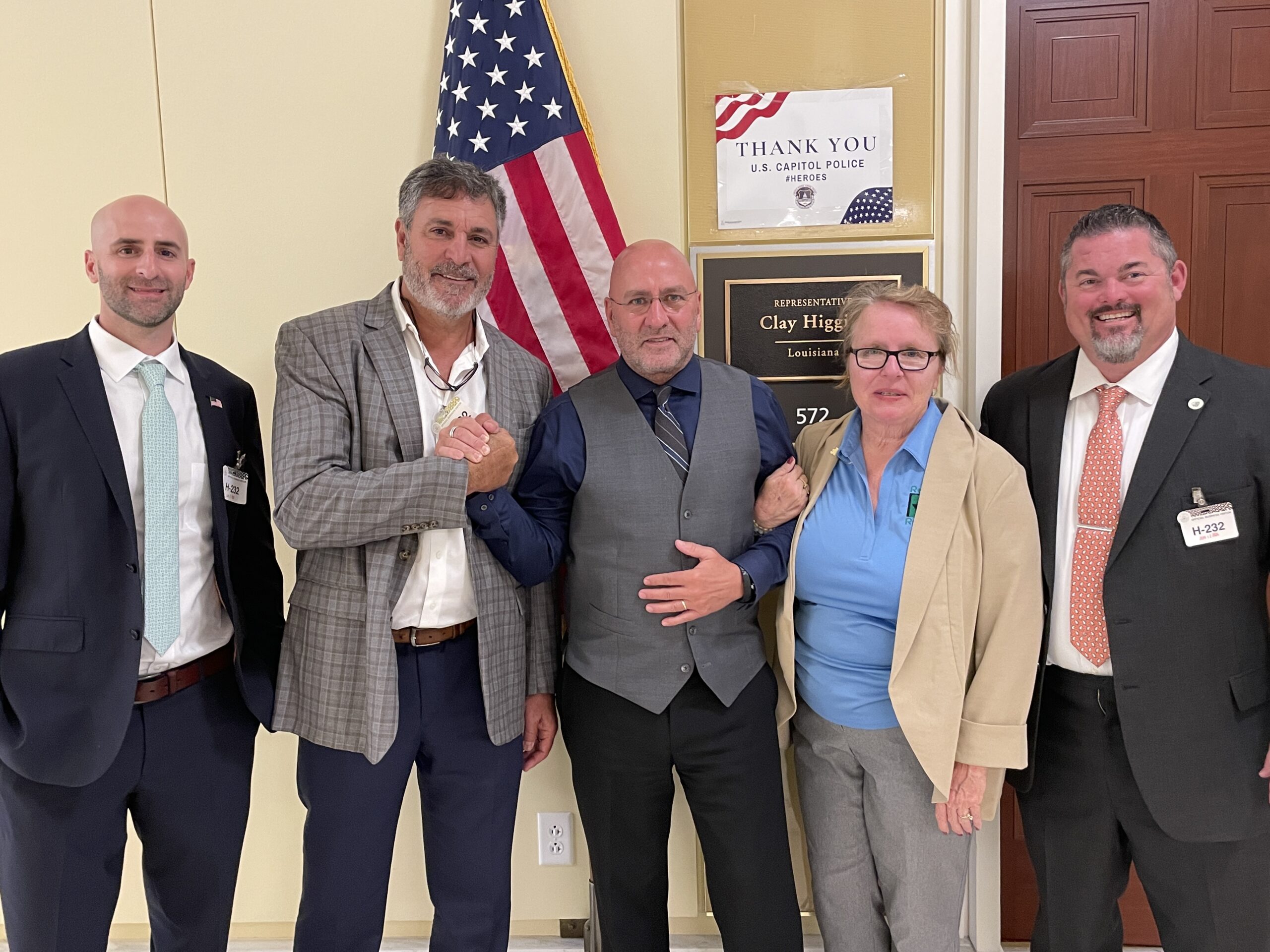

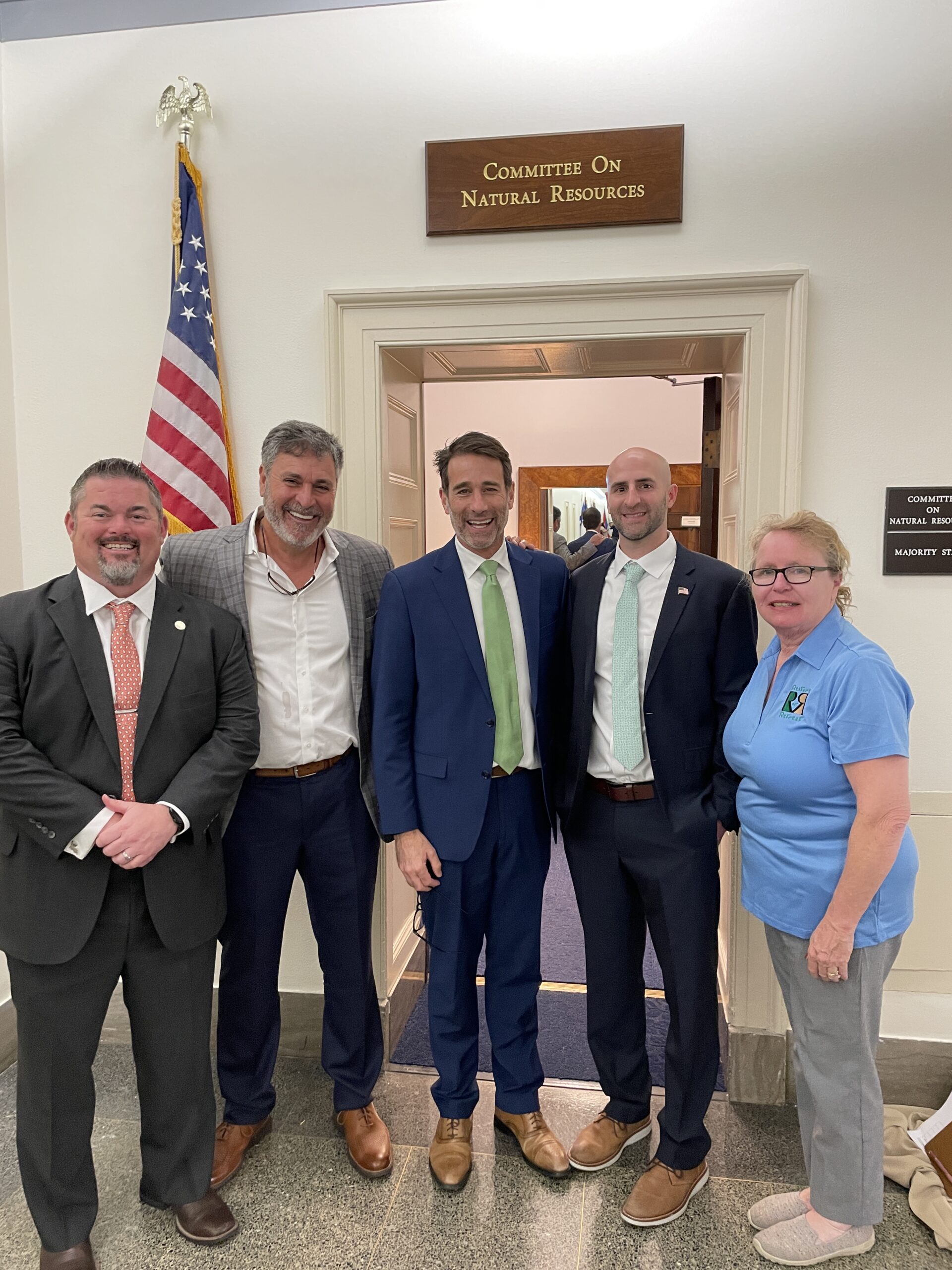
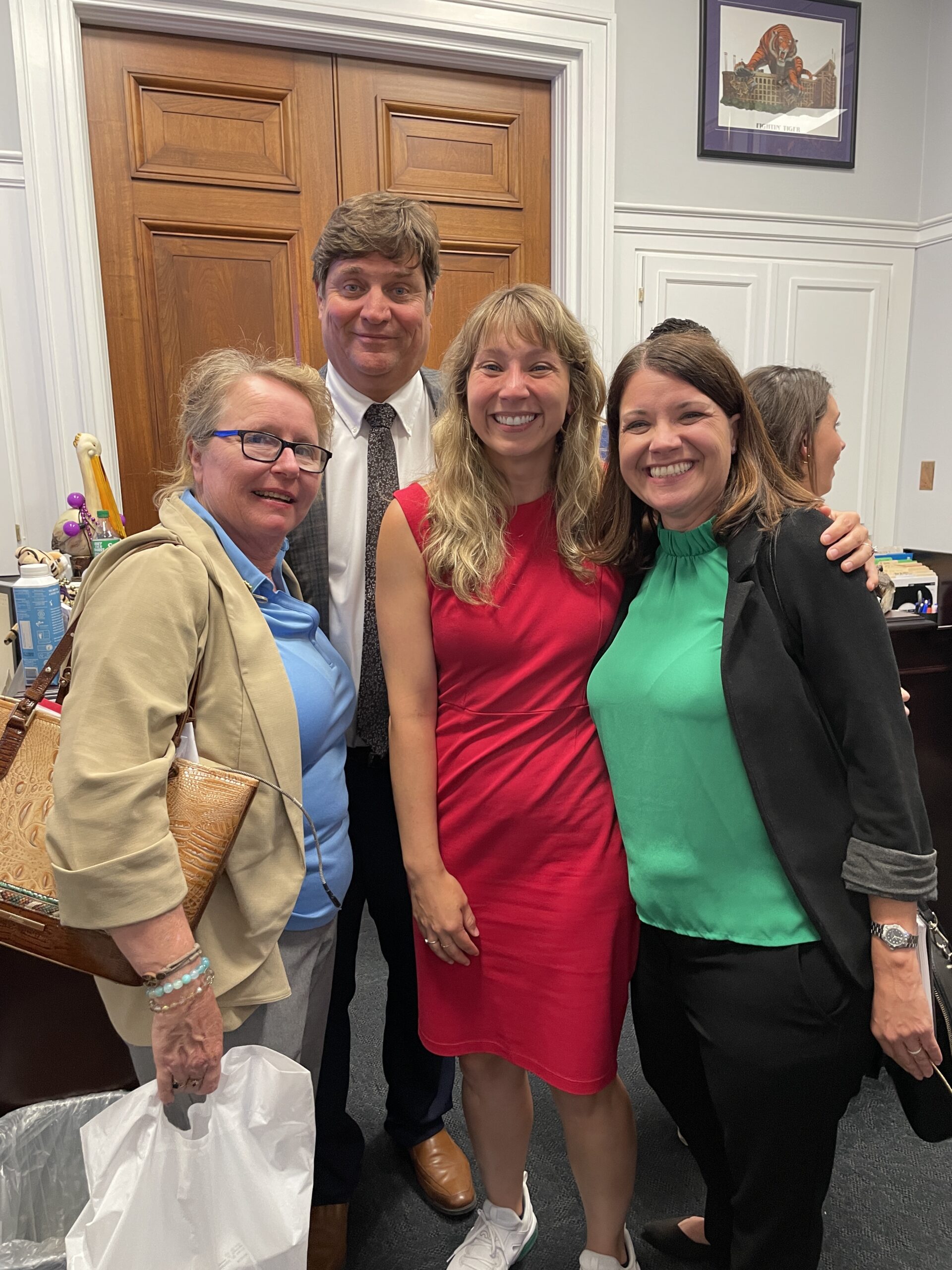

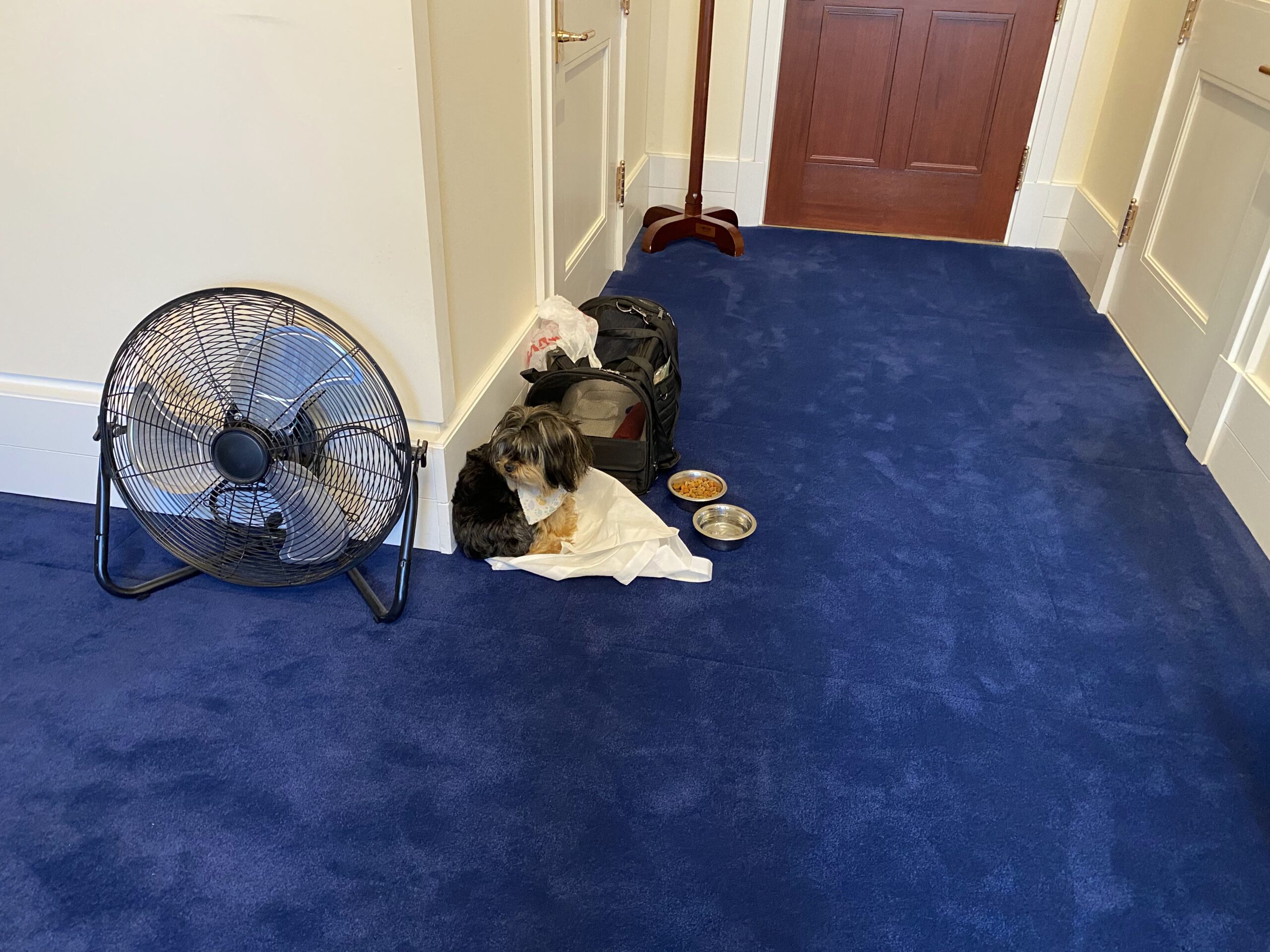

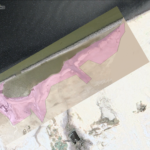 Next Post
Next Post